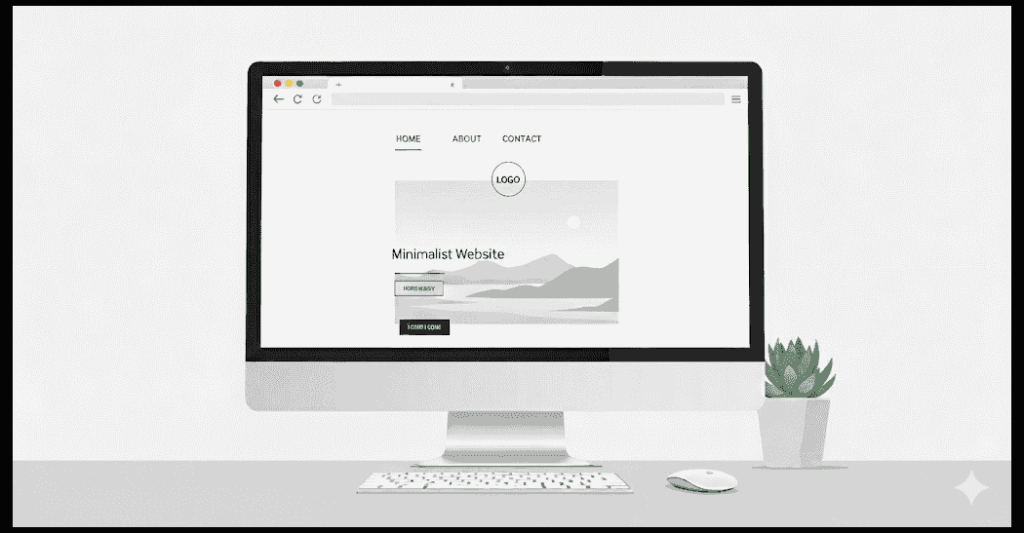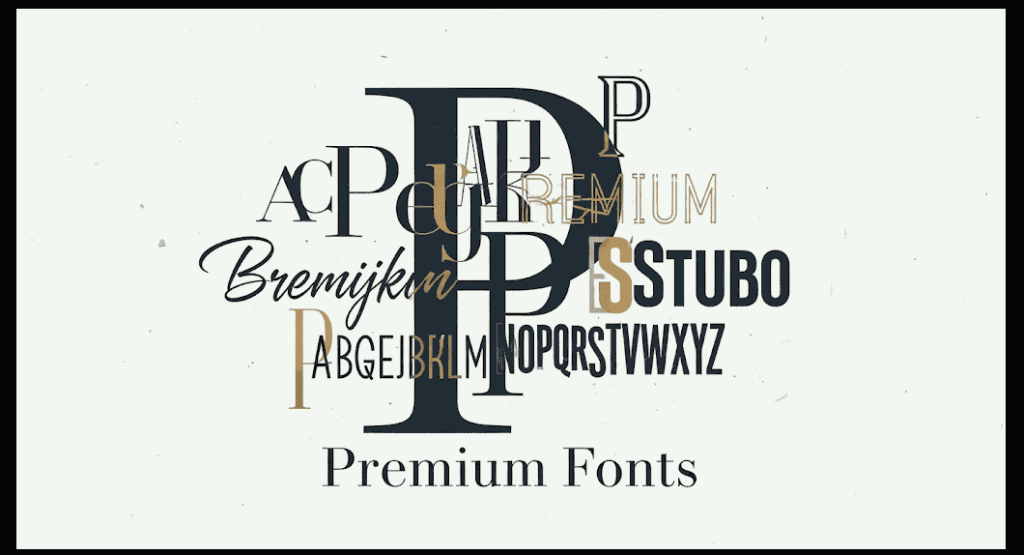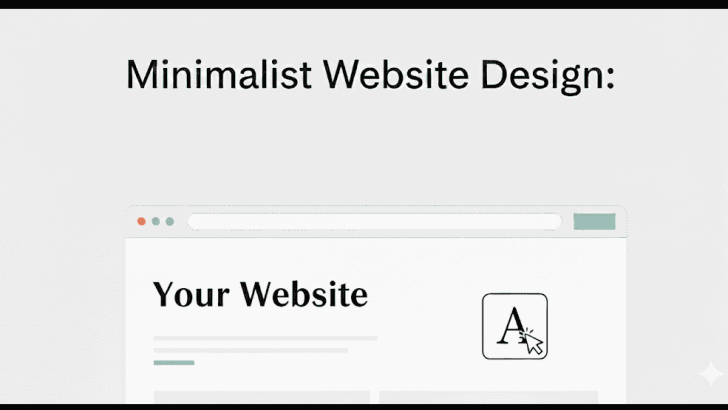Minimalist website design is one of the most powerful trends in modern web development. From tech startups to e-commerce brands, minimalism helps create websites that are clean, functional, and timeless. In this guide, we’ll explore the key principles of minimalist design, walk through a step-by-step tutorial, share expert insights from leading design authorities, and recommend some beautiful fonts from Edric Studio to help you achieve the perfect look.
Table of Contents
- What Is Minimalist Website Design?
- Why Minimalism Works for Modern Websites
- Key Principles of Minimalist Web Design
- Step-by-Step Tutorial: Creating a Minimalist Website
- Best Fonts for Minimalist Design (Handpicked)
- Common Mistakes to Avoid
- FAQ – Popular Questions About Minimalist Web Design
- Expert Insights & Research References
- Final Thoughts + Where to Get Premium Fonts
1. What Is Minimalist Website Design?
Minimalist website design is all about clarity and function. It removes unnecessary clutter, using whitespace strategically to create focus.
A minimalist website often features:
- A simple color palette (black, white, muted neutrals)
- Bold, legible typography
- Clean navigation menus
- High-quality, purposeful imagery
2. Why Minimalism Works for Modern Websites
Minimalism is not just a design style — it enhances usability.
- Faster load times: Fewer elements mean lighter, quicker pages.
- Improved readability: Content becomes the star of the show.
- Timeless appeal: Minimalist websites stay relevant longer.
- Higher conversions: Visitors focus on CTAs without distraction.
3. Key Principles of Minimalist Web Design
- Whitespace matters: Space helps users process information better.
- Strong typography: Choose fonts that are readable and visually consistent.
- Limited color palette: Stick to 2–3 colors that reinforce your brand identity.
- Clear hierarchy: Guide users to key elements using size and placement.
- Purpose-driven design: Every element should serve a clear function.

4. Step-by-Step Tutorial: Creating a Minimalist Website
Step 1: Define Your Brand Goals
Decide what you want visitors to feel and do. This will guide your layout choices.
Step 2: Choose a Simple Layout
Use a grid system, clear sections, and plenty of breathing room.
Step 3: Select the Right Fonts
Typography is the heart of minimalist design. Consider:
- Bluermode Font – a clean sans-serif with a professional, contemporary tone.
- Abscaine Font – perfect for bold headlines and striking hero text.
Step 4: Pick a Neutral Color Palette
Stick with white, black, and muted colors. Use brighter tones only for calls-to-action.
Step 5: Optimize for Speed
Compress images, use a lightweight theme, and eliminate unnecessary plugins.
Step 6: Test Across Devices
Ensure your site looks great on desktop, tablet, and mobile.
5. Best Fonts for Minimalist Design (Handpicked)
Typography sets the mood for your website. Here are some perfect minimalist picks:
- Northcliff Serif Fonts – elegant and versatile, great for headings.
- Uovo di Drago Serif Fonts – refined, excellent for editorial-style websites.
- Magic Florist Font – a light, creative typeface ideal for portfolios.
- Racemate Font – sleek and stylish, perfect for branding.

6. Common Mistakes to Avoid
- Using too many fonts or font weights
- Overly complex navigation menus
- Tiny text or poor contrast
- Ignoring mobile optimization
- Empty design without a clear message
7. FAQ – Popular Questions
Q: Can minimalist websites include animation?
Absolutely! Subtle, purposeful animations can enhance UX without ruining simplicity.
Q: Does minimalist design have to be black and white?
No. You can use color — just use it intentionally and sparingly.
Q: Will minimalism hurt my SEO?
Not at all. A faster, cleaner site often improves SEO performance.
8. Expert Insights & Research References
Industry leaders consistently back the benefits of minimalism:
- Nielsen Norman Group reports that minimalism helps reduce information overload and creates more intuitive user experiences. (nngroup.com)
- UsabilityGeek explains that “less is more” is not just about aesthetics but about improving task completion rates. (usabilitygeek.com)
- Adobe highlights that clean, functional websites tend to have lower bounce rates and higher engagement. (blog.adobe.com)
- Awwwards showcases examples of high-performing minimalist websites, noting their use of strong typography and limited palettes. (awwwards.com)
9. Final Thoughts + Where to Get Premium Fonts
Minimalist website design is more than a style — it’s a strategy. When done well, it creates trust, improves user experience, and gives your brand a timeless presence online.
💡 Pro Tip: Typography can make or break a minimalist site. Explore Edric Studio’s Font Collection to find typefaces that match your brand and elevate your design.
